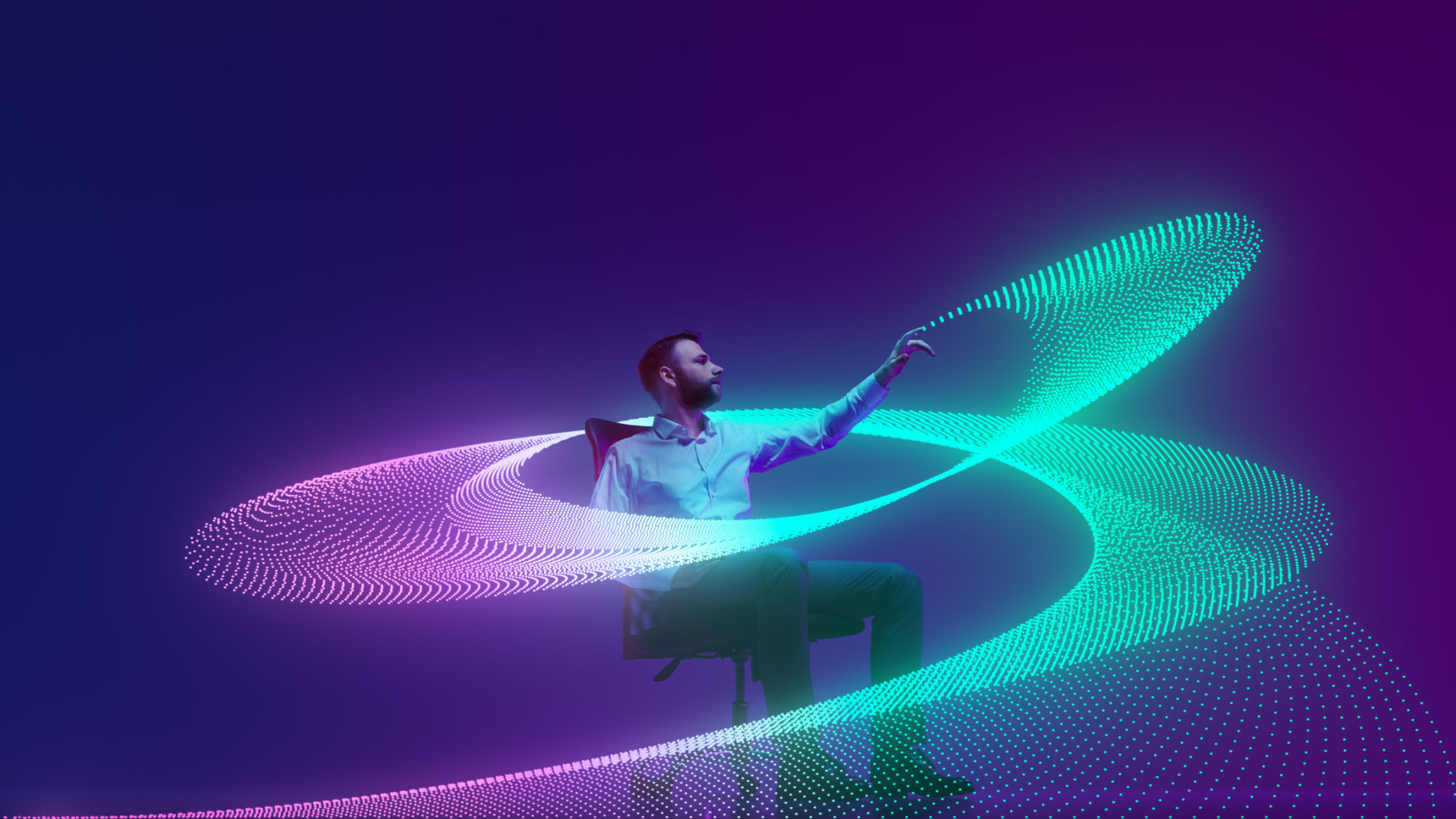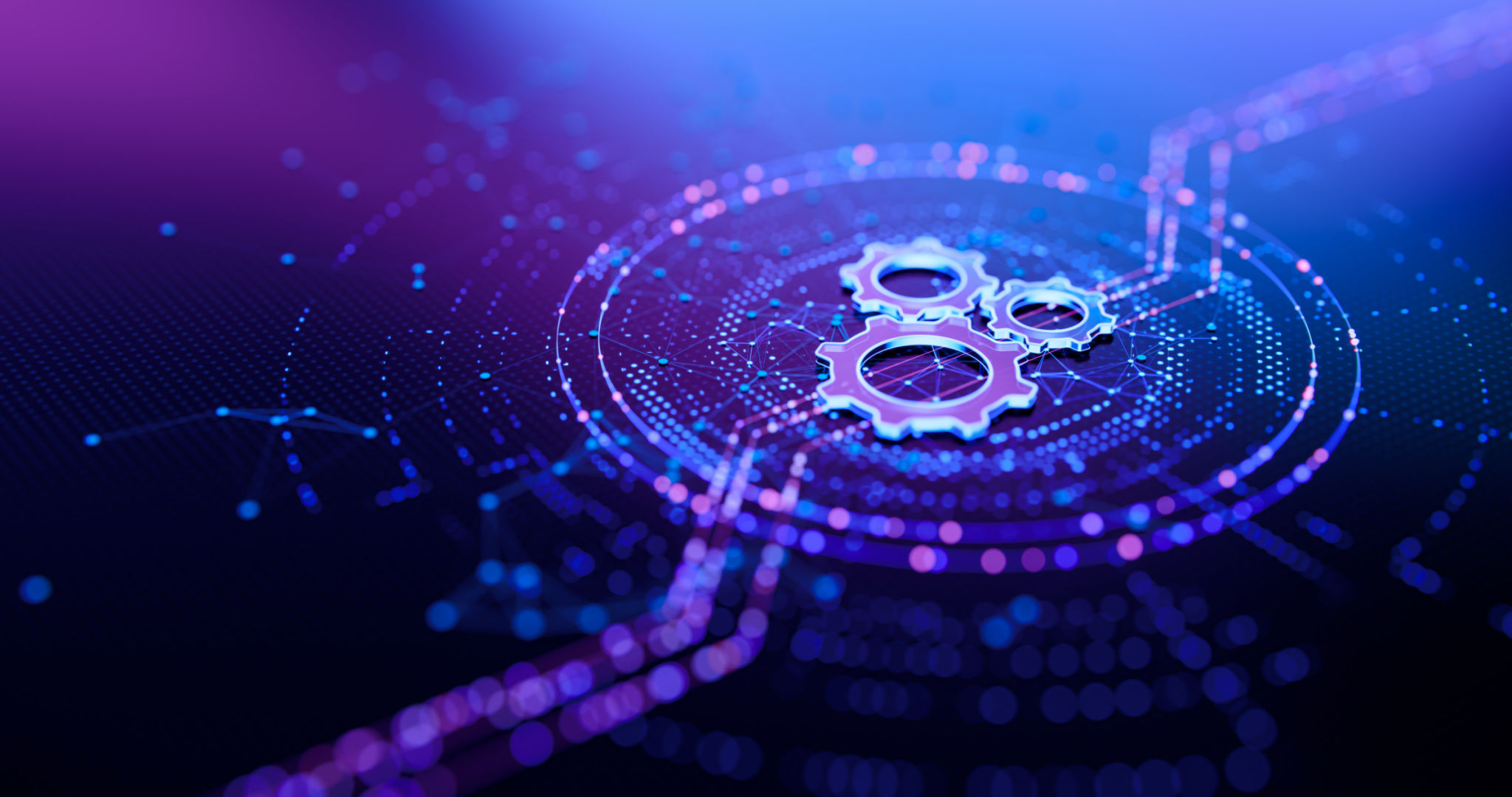How Human-AI Collaboration is Revolutionizing Business Innovation
Introduction to Human-AI Collaboration
In today's rapidly evolving business landscape, the collaboration between humans and artificial intelligence (AI) is reshaping how organizations innovate. This partnership is not about replacing human jobs but augmenting human capabilities to foster creativity and efficiency. As businesses strive to stay competitive, understanding the dynamics of human-AI collaboration becomes crucial.

Enhancing Decision-Making Processes
One of the primary benefits of human-AI collaboration is its ability to enhance decision-making processes within organizations. AI systems can process vast amounts of data quickly and accurately, providing insights that might be overlooked by human analysts. By leveraging AI's analytical power, businesses can make more informed decisions in real time, leading to improved outcomes.
For instance, AI can help identify market trends and customer preferences, allowing companies to tailor their products and services accordingly. This data-driven approach not only increases efficiency but also helps in minimizing risks associated with business decisions.
Driving Innovation Through Automation
Automation is another area where human-AI collaboration is making significant strides. By automating routine tasks, AI allows employees to focus on more strategic and creative aspects of their roles. This shift in responsibilities fosters an environment where innovation can thrive.

Businesses are now able to allocate resources more effectively, dedicating time and effort to developing new ideas and solutions. This not only speeds up the innovation process but also enhances the quality of the innovations produced.
Improving Customer Experience
AI's ability to analyze and learn from customer interactions plays a pivotal role in enhancing the customer experience. By collaborating with AI, businesses can offer personalized experiences that cater to individual needs and preferences.
For example, AI-powered chatbots provide instant customer service, addressing queries and resolving issues without delay. Meanwhile, human agents can handle more complex cases, ensuring a seamless and efficient customer service experience overall.

Fostering a Culture of Continuous Learning
The integration of AI into business operations encourages a culture of continuous learning and adaptation. As AI systems evolve and improve, so too must the skills and knowledge of the workforce. This symbiotic relationship ensures that both humans and AI are continually advancing, driving innovation forward.
Organizations that invest in training their employees to work alongside AI technologies are better positioned to harness the full potential of these tools. This commitment to learning fosters an innovative culture that can adapt to changing market demands.
The Future of Business Innovation
As we look to the future, the potential for human-AI collaboration in business innovation is immense. The combination of human creativity with AI's analytical prowess opens up new possibilities for solving complex problems and developing groundbreaking products and services.
- Enhanced predictive analytics for market trends
- Improved efficiency in research and development
- Greater agility in responding to industry changes
By embracing this collaboration, businesses can not only stay ahead of the competition but also shape the future of their industries.
Conclusion
In conclusion, the revolutionizing impact of human-AI collaboration on business innovation is undeniable. By combining the strengths of both humans and machines, organizations can unlock new levels of creativity and efficiency, driving innovation across all sectors. As we continue to explore this partnership's potential, businesses that adapt and embrace this change will lead the way in shaping a new era of innovation.
